“Flexibility comes from having multiple choices, wisdom comes from having multiple perspectives” Robert Ditts.
This book key pointer to Homoeopathic philosophy and Homoeopathic MateriaMedica which is the outcome of philosophy chapters from the stalwart’s book, which was unavailable till now.
My gratitude to the master, Dr Samuel Christian Friedrich Hahnemann and all the other Stalwarts who had paved the path to reveal the truth of the life science and gifted, crystallized this marvellous science called Homoeopathy.
Dr Hahnemann a Connoisseur of medical literature a Maven, a Scholar whom Scholars honoured and respected; a physician whom physicians feared; a philologist with whom philologists dreaded to dispute; a chemist who taught chemists, a philosopher whom adversity, not honour had the power to change.
In this book, I had travail presenting a few philosophy lectures by eminent stalwarts. The original philosophies compiled in their book, The Genius of Homoeopathy- by Dr Stuart close, of The lectures on Homoeopathic Philosophy by Dr James Tyler Kent and The Principles and art of cure by Homoeopathy- by Dr H. A. Roberts. I tried to simplify their lectures more comprehensively by chuncking them in MCQs pattern to be easily understood by the homoeopathic students. My hard way is to present this book to point out the key essence of the sedulous philosophy.
Dr Stuart Close was a great practitioner of homoeopathy in Brooklyn, New York and an academician from 1909 to 1913 was a professor of homoeopathic philosophy at the New York Homoeopathic Medical College. His all lectures on Homoeopathic Philosophy were published in “The Homoeopathic recorder”, but later these lectures were compiled and published in the book entitled, “The Genius of Homoeopathy”. Dr Stuart Close attended medical school in California for two years and completed his graduation from New York Homoeopathic Medical College, in 1885. He was a professor of Homoeopathic Philosophy at New York Homoeopathic Medical College from 1909 to 1913. Initially, his lectures were published in the Homeopathic recorder. Later, these lectures were compiled and published in form of a book, The Genius of Homoeopathy. It is one of the most condensed books on homoeopathic philosophy. Dr Close had one of the finest libraries in the country.
Dr H.A. Roberts, who had started his medical practice in Brattleboro, Vermont, practised homoeopathy for fifty years. Many articles were written by him in the journal, “Principles and Art of Cure by Homeopathy”. The journal contained a lot of modifications in the concept of Homoeopathic philosophy, which could be easily understood by the people of the 20th century.
Dr Herbert A. Roberts doyen of Homoeopathy was a well-known name in the sphere of homoeopathy, an ardent supporter of homoeopathy whose articles for many years was ubiquitous and admired and were read for their pedagogic elucidation for homoeopathic philosophy and practice.
Likewise, Dr James Tyler Kent took his higher medical education from the University of Madison in Hamilton, where he obtained the Degree of Bachelor of Philosophy [Ph.B.], he was working as an Eclectic physician and Professor of Anatomy in St. Louis in the state of Missouri, Dr J. T. Kent. Dr Kent studied Medicine at the faculty of Bellevue Medical College and qualified as a doctor of Medicine. He was a staunch follower of Dr Hahnemann. He had presented Dr Hahnemann’s philosophy in an easy comprehensive form.
Further to bestow before the bibliophile a distinct feature of our tools of the trade, Homoeopathic medicines presented by Dr H.C Allen in his phenomenal book, “Allen’s keynotes and characteristics with comparisons of some of the leading remedies of the Materiamedica”.
In this attempt, I tried to cover the remedies mentioned by Dr H.C. Allen for their characteristic symptoms. Dr H.C. Allen, who studied medicine at the college of physicians and Surgeons of Ontario, completed his graduation in 1861, he studied homoeopathy at the Cleveland Homoeopathic College.
He served as a surgeon in the Civil war. After serving as a Civil War surgeon, he became a professor of anatomy at the Cleveland Homoeopathic Medical College, and later at the Hahnemann College in Chicago. In the homoeopathic department of the University of Michigan at Ann Arbor, he was a professor of Materiamedica and clinical medicine for five years, from 1880 to 1885. He was the first dean and president of the governing board of the Hering Medical College in Chicago. He was a professor of Materia and teacher of the Organon in the same college and was one of the founders of IHA.
He was the editor and publisher of the Medical Advance. He also edited and partly rewrote the work of Dr R.R. Lpregy on consumption. He added the section on the “Therapeutics of consumption” and a repertory to Dr Gregg’s work, which was published under the title Gregy on Consumption, by Allen. He authored many books likely Therapeutics of Intermittent Fever, and Keynotes to the Leading Remedies of the Materia Medica. Materia Medica to the Nosodes.
Through the marvel of Allen’s keynote, it would be beneficial to the reader to compare and discriminate the peculiarities of every remedy and the group of remedies indicative of the characteristics.
As well said by Dr. Satyajit Kuchar, “all keynotes are characteristics but all characteristics are not keynotes”, we explore a new venture when we try to read Allen’s keynote in a chucking way exploring the individualizing features of every remedy. This book epergne the applied clinical aspect of Homoeopathic Materiamedica faceted by Dr. H. C. Allen.
I hope this book will be futile for the students and the practitioners in their studies

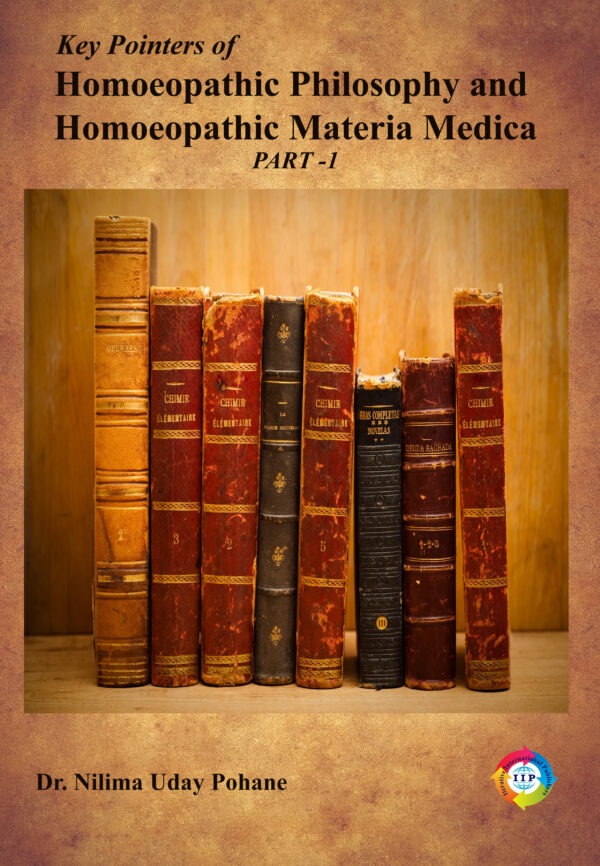
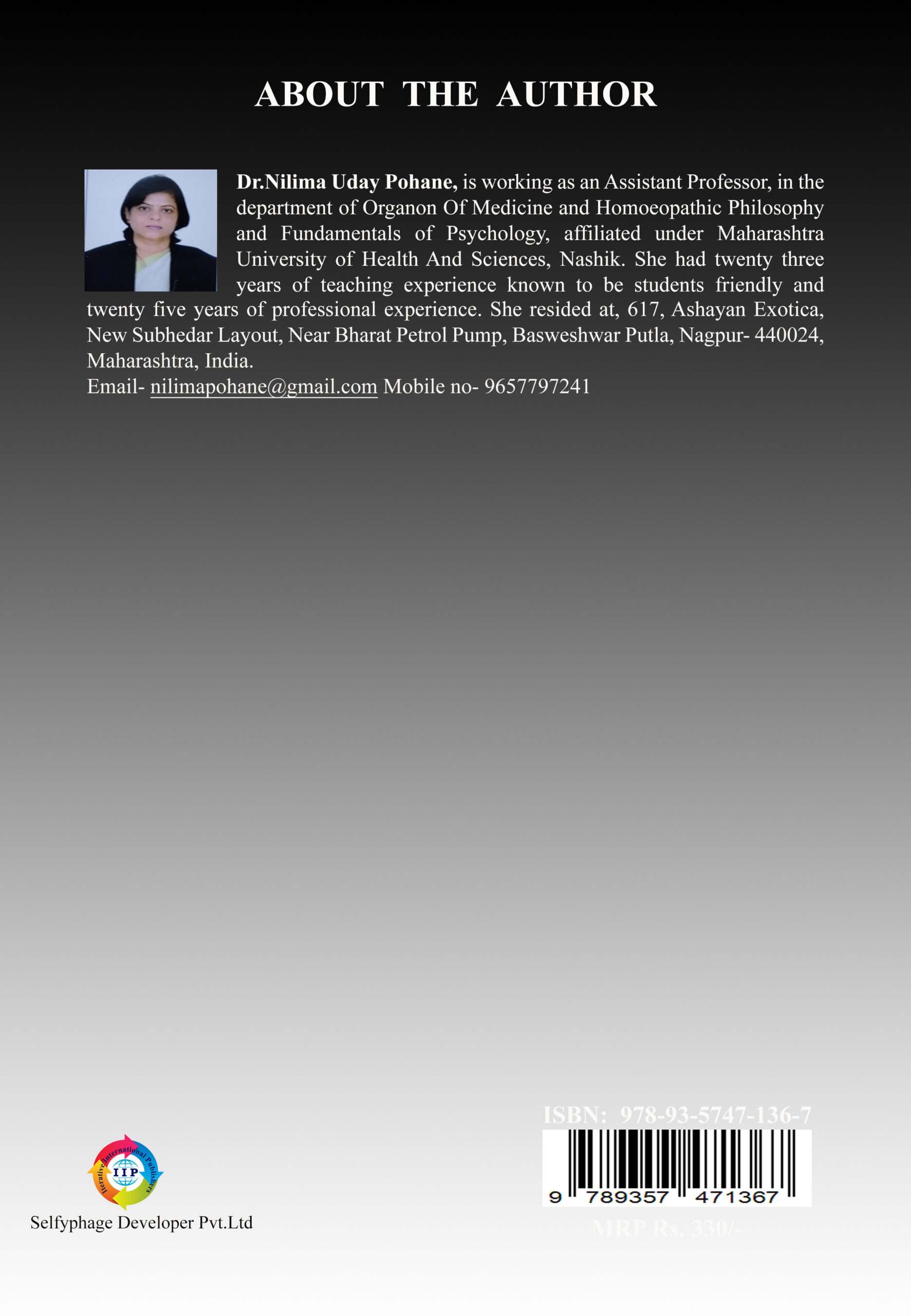
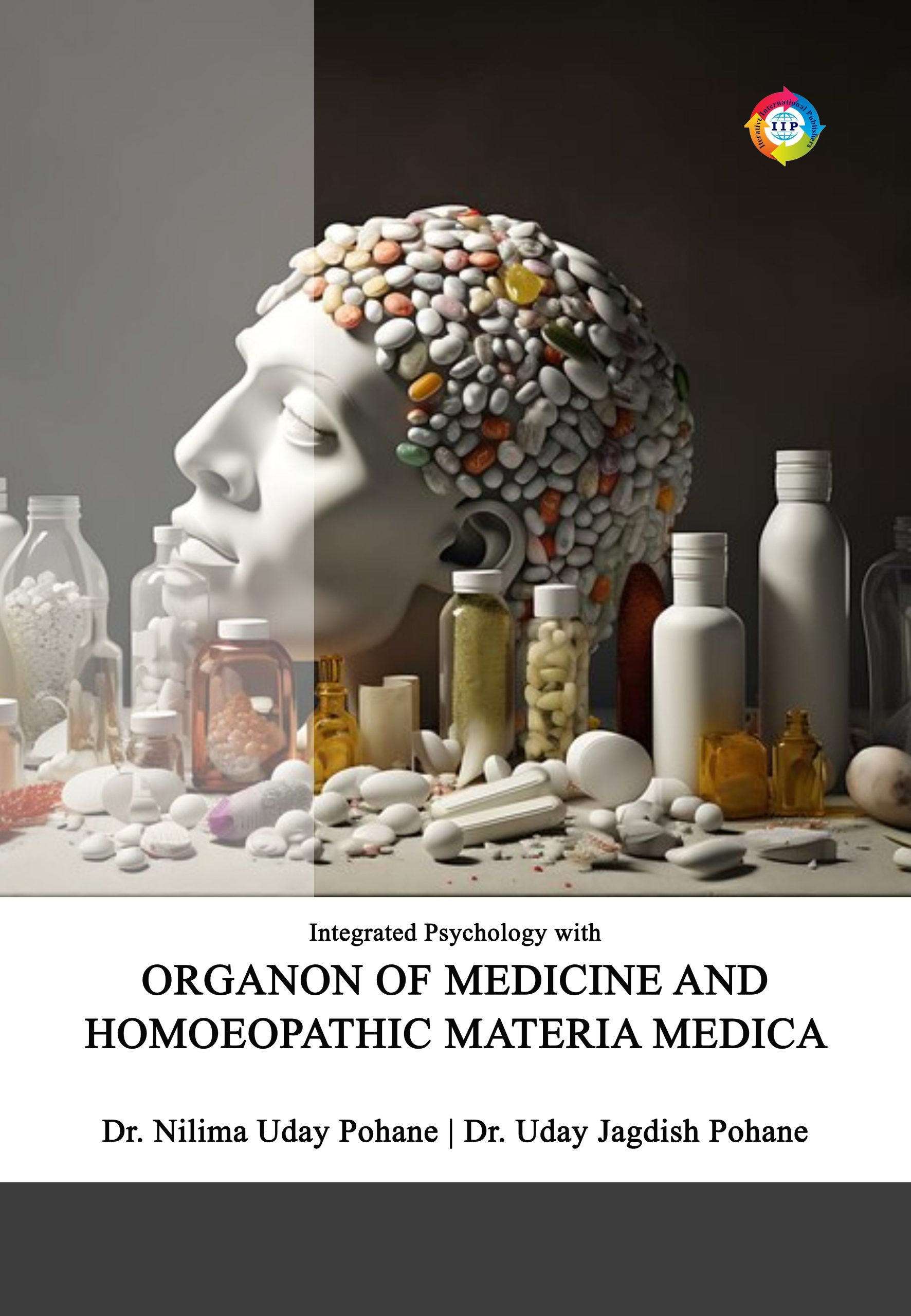
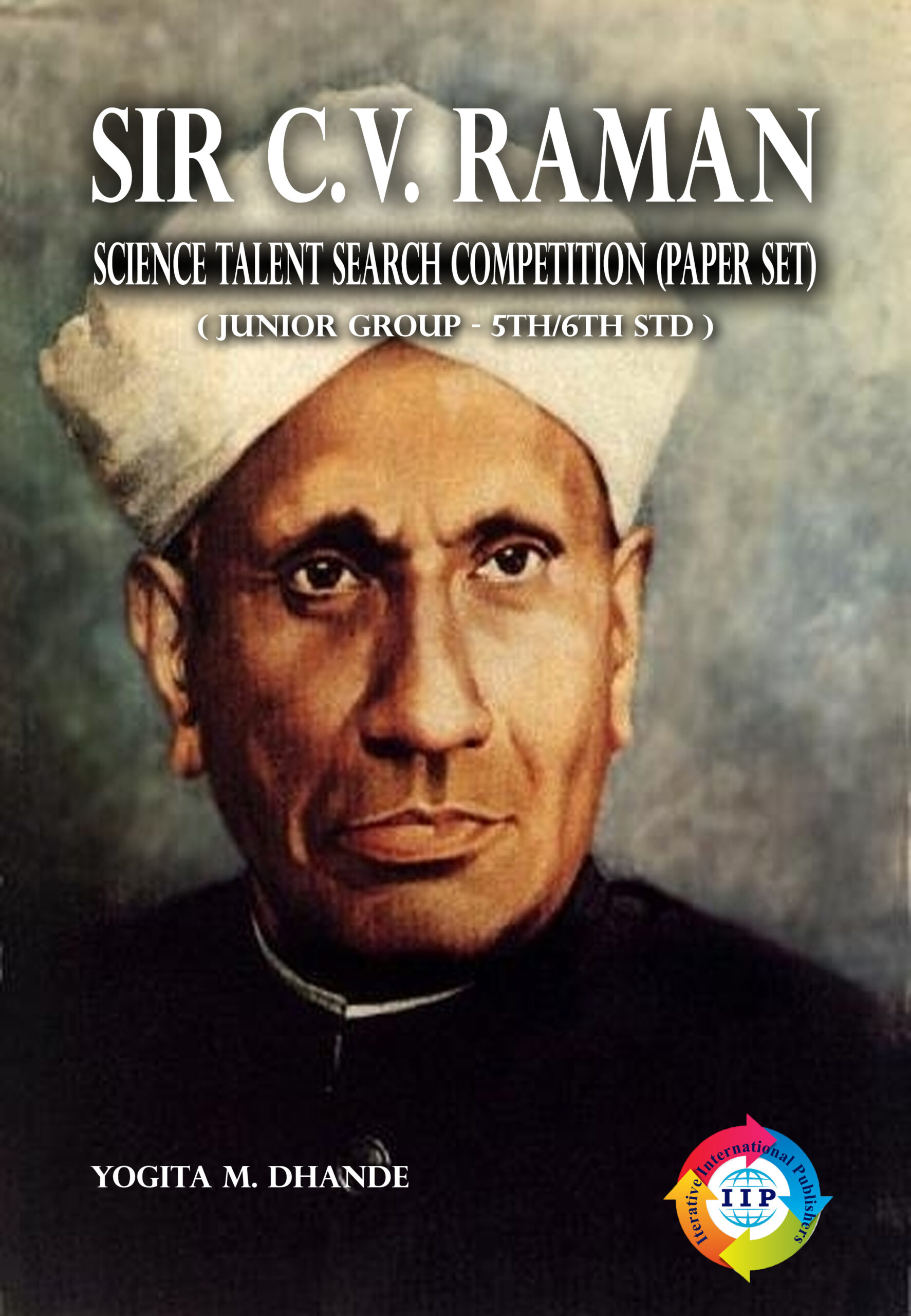
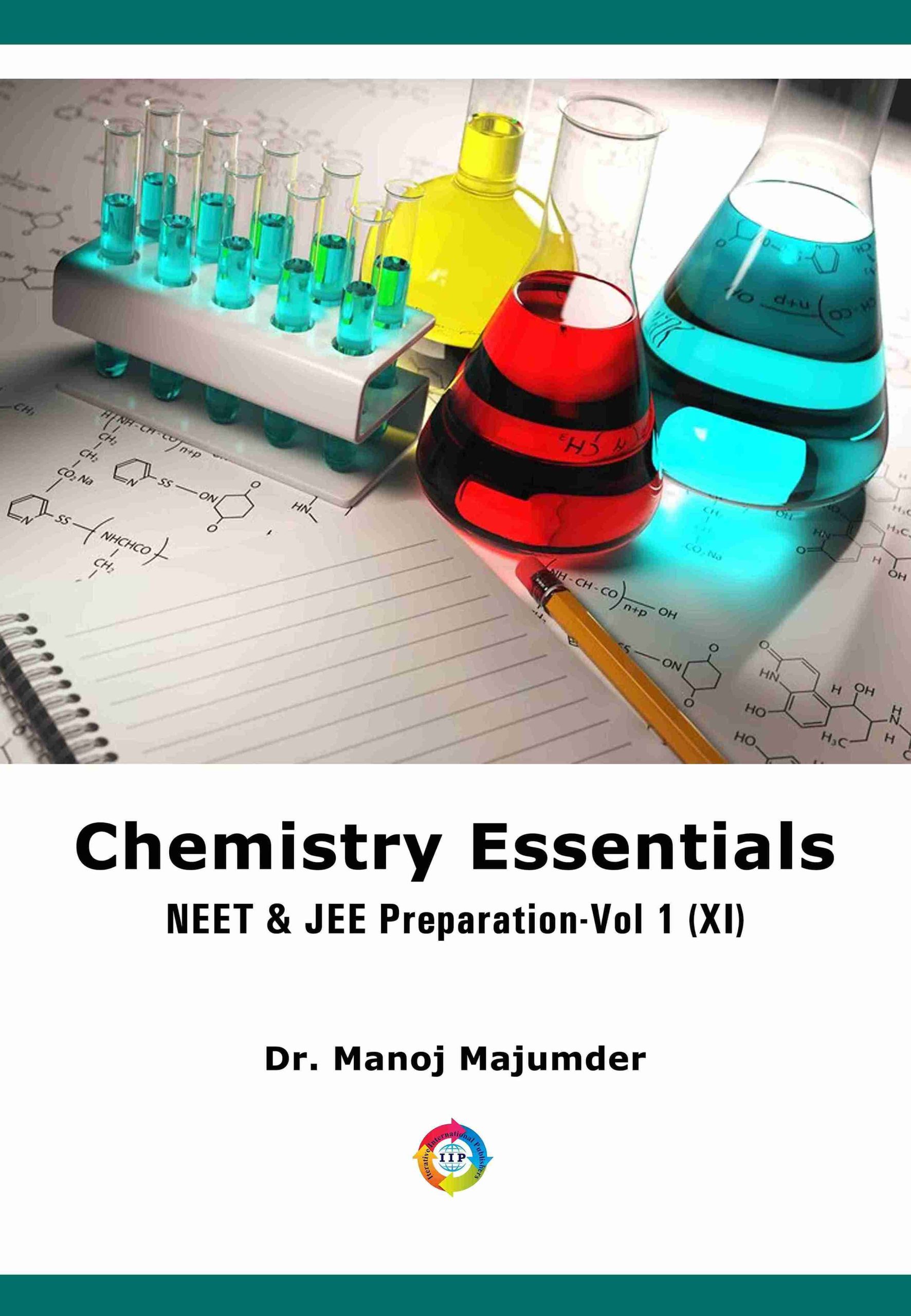
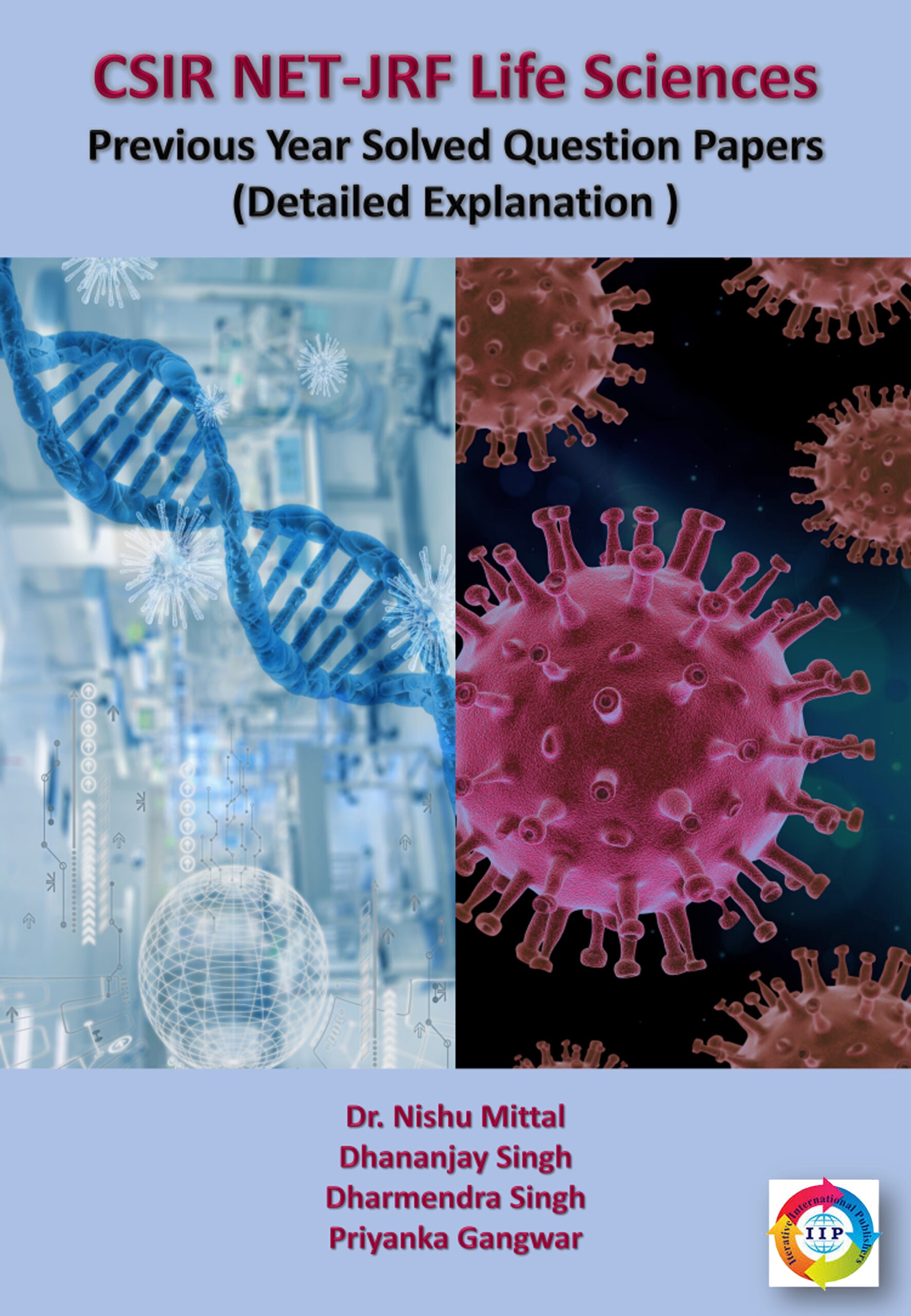
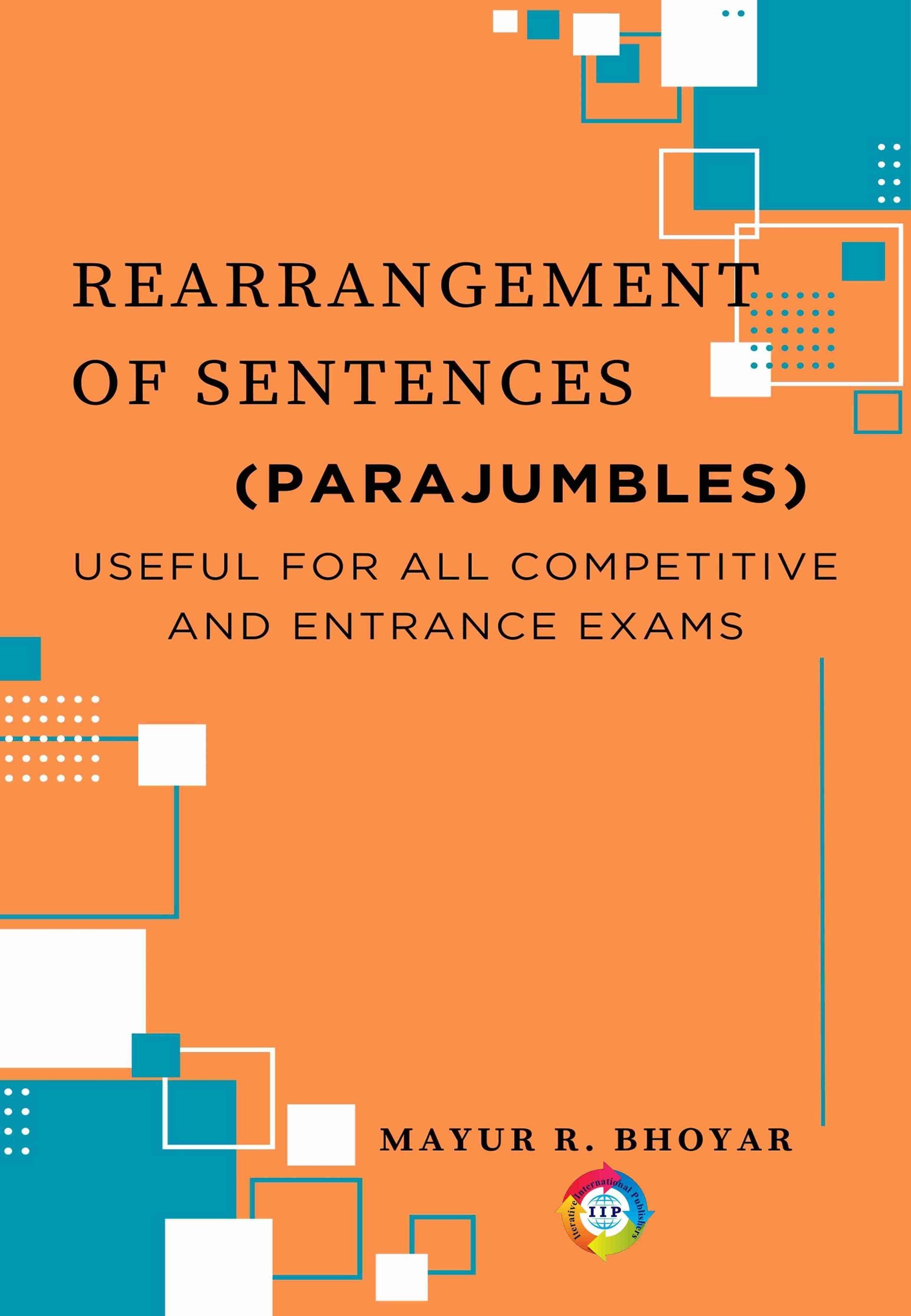
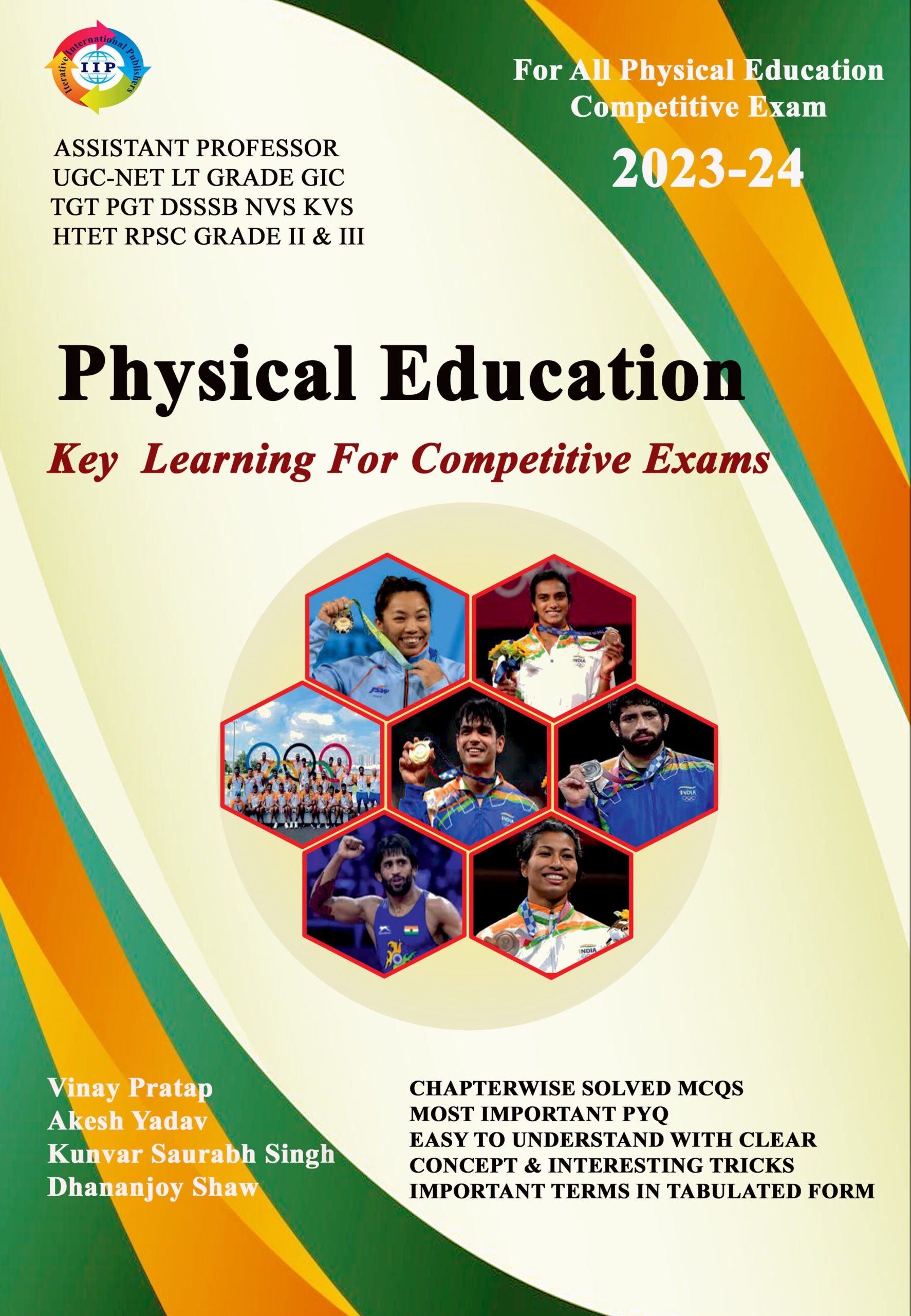
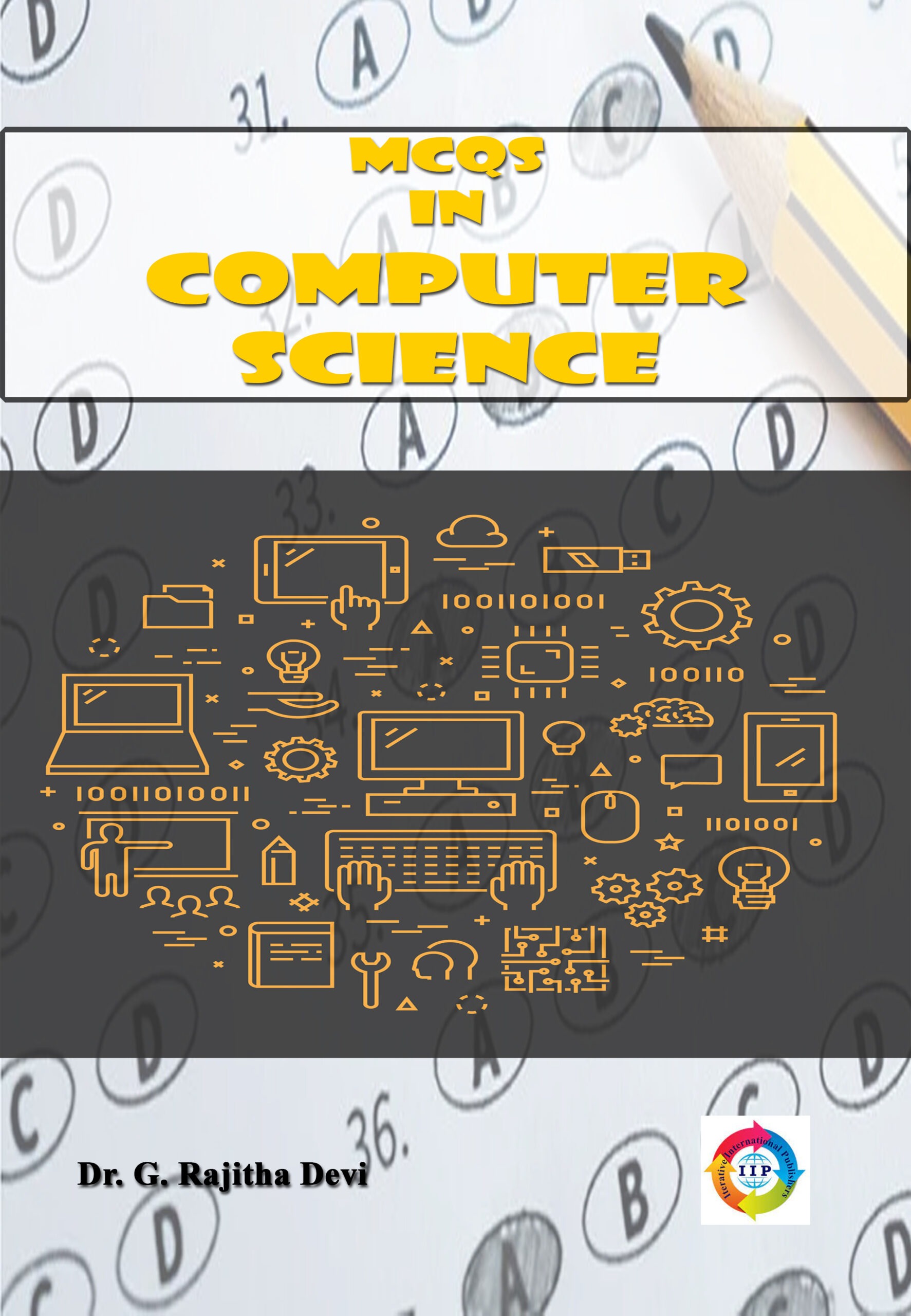
Reviews
There are no reviews yet.